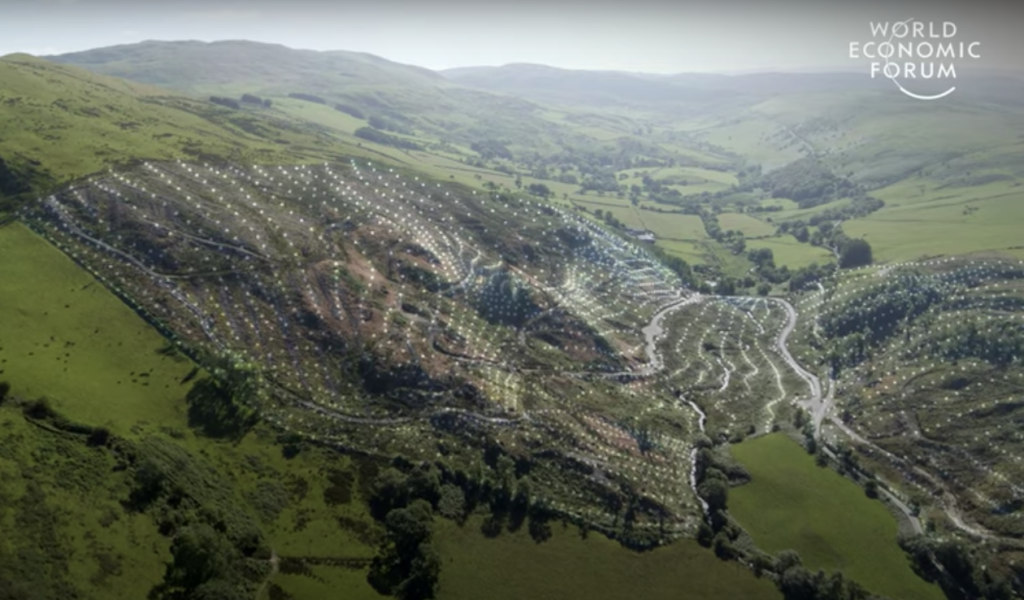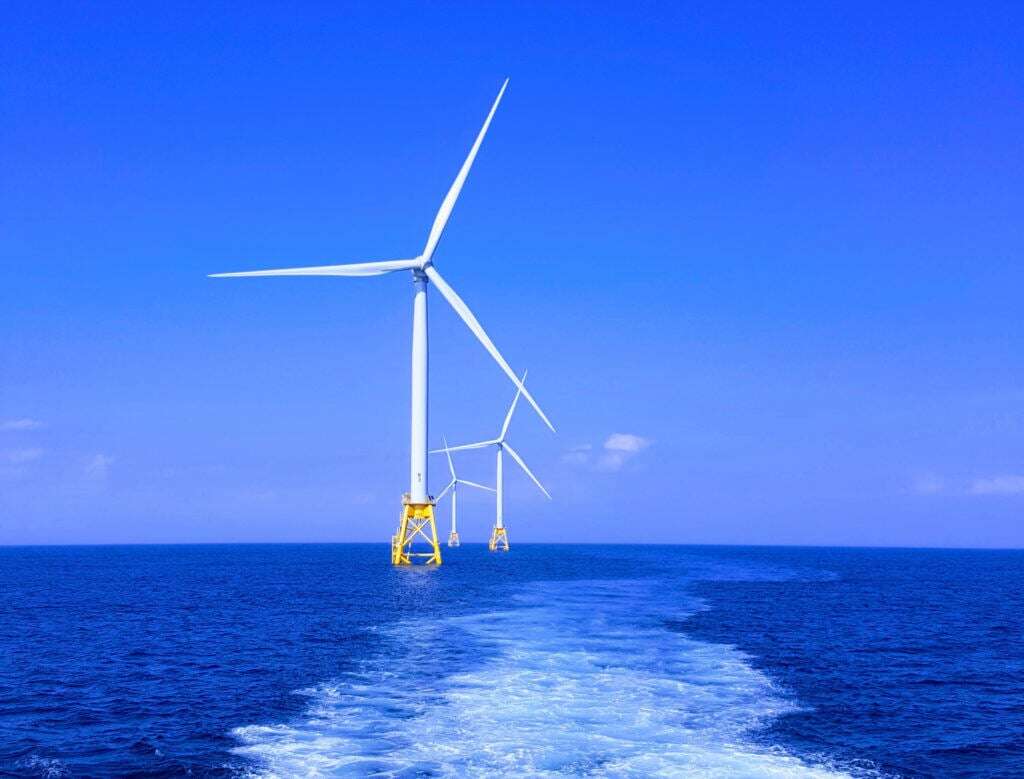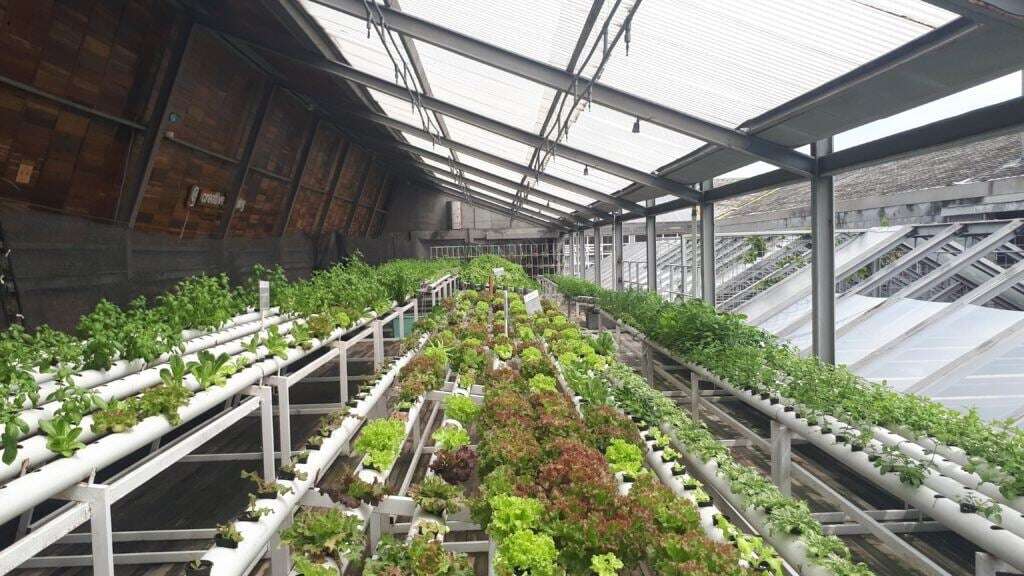AI for Earth: Examples of Technology Leading Environmental Change
With the global temperature rising and showing its effects around the world, the issue of saving our environment is becoming ever more urgent. In the U.S., the west coast saw shocking and devastating amounts of land burned in wildfires this year. Animal species are endangered, fossil fuels and deforestation have elevated carbon dioxide levels, and our oceans are trashed and polluted. With all the harm that has already been done and continues to be done every minute, repairing this massive problem is more than daunting. How can we keep up, and actually turn things around? One of the most hopeful answers: through technology that enables swift and efficient action. Here are a few case examples of organizations that are using AI and other innovative technologies to make a change now.
AI Helping Save Sweden's Forests

Sweden is one of the countries that most appreciates its trees---nearly 70% of its land is covered by forests. The country maintains this strong presence with sustainable forestry, restricting deforestation and mandating that each tree removed is replaced by three new seeds planted. But they're now facing a threat beyond the human interference that destroys so much other forest space in the world: a moth called the western larch case-bearer. It consumes larch trees, which are numerous in Sweden, and its preference for warmer weather means that this threat is on the rise.
In a project funded by a Microsoft AI for Earth grant, Sweden's Forest Lab used 1,600 aerial drone images to create an AI model that could identify damaged larch trees. Forest owners could then quickly remove the affected trees to prevent further spread to surrounding ones. The pilot data from this project will be made available so that other countries can benefit from it too---larch case-bearers are also an invasive problem in other parts of Europe and in North America.
Aerial Drones Planting Seeds

England-based Dendra Systems is a company that's using drones to drop seeds for reforestation. With the vast amount of degraded lands to be reforested, they recognize the need for an efficient technology. "Imagine how nature would do it with surrounding forests and birds coming over and dropping seeds onto degraded land. We're just accelerating that by putting the exact seeds that are needed in the right place at the right time using drones," CEO Susan Graham said.
Along with the drone technology, AI systems map and analyze degraded land, and then plot where seeds in biodegradable pods will be dropped for new tree growth. Often the land is rugged, hilly, or otherwise difficult to access with more traditional methods. The use of the drones and smart technology make both surveying and reseeding much more possible and efficient.
Ørsted's AI-Powered Windmills

One of the biggest pioneers in green energy is the Danish company Ørsted, which aims to be "the leader of green energy." Through its offshore wind farms, Ørsted provides roughly a quarter of the world's total wind energy. They do this with the help of smart technology and a three-pillar approach:
- Technology enablers. Storing and analyzing massive amounts of data for new windmill additions, a process that used to take weeks, now takes between 4-8 hours with advanced analytics and AI.
- Interfaces. The company strives to provide its employees and administrators with the most innovative and efficient technological tools.
- Data. Rigorous data gathering allows for technicians to repair underperforming units before they break and make the most optimal use of each one.
Innovative Farming in Unlikely Places

The Netherlands, a densely populated country of small size and unreliable sunshine, has done an admirable job of optimizing the limited land resources it has. After the United States, it's the second largest exporter of food by value, producing remarkably competitive crop yields. A national slogan of theirs, "twice as much food with half as many resources," has truly motivated the country's farmers to make it happen with innovative farming techniques. Tucked between busy cities and suburbs, farmers have created greenhouse complexes that exceed the productivity of their fully outdoor equivalents. In a northern location like the Netherlands, these greenhouses make better use of natural sunlight, are climate-controlled, and even employ artificial light around the clock. They drastically reduce the water necessary for crops, nearly eliminate the need for chemical pesticides, and reduce antibiotic usage among livestock. And this is yet another example of where drones, this time in the form of driverless tractors as well as aerial units, play a helpful role. They allow for "precision farming," providing detailed measurements of soil chemistry, nutrients, water content, and plant growth---down to individual potatoes.
Examples to Follow
These are great models of companies that thrive on technological innovation and make crucial environmental impacts at the same time. Sustainability and success can be powerful partners in a global situation that now demands it. If you're in an organization that's ready to make similar strides---especially those in the U.S. who are ready to join the ranks of these European leaders---have a look at these partnership opportunities that can help you make real progress.
See more examples of artificial intelligence put to good work, technology for efficient farming, and how AI is good for business too.
Stay connected. Join the Infused Innovations email list!
Share this
You May Also Like
These Related Posts

How Artificial Intelligence is Saving the Earth

How Enterprises Can Use GPT Technology to Drive Their Business Forward

No Comments Yet
Let us know what you think